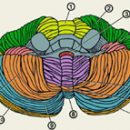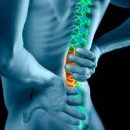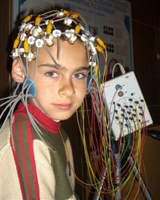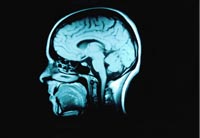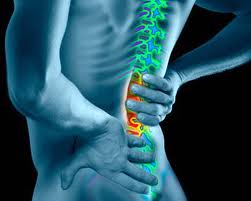Increased intracranial pressure in children in most cases is manifested in the first year of life. The causes of the development of the disease are the defects of brain development, tumors, premature bones of bones of skull, inflammatory diseases.
Content
The concept of increasing intracranial pressure in children
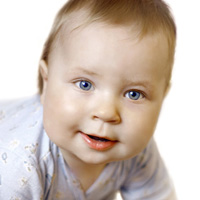 There are probably all moms, as well as dads of young children now on the existence of intracranial pressure. Sometimes after the inspection and examination of the baby, the parents doctors report that their child has elevated intracranial pressure. And that the doctors actually mean by this concept?
There are probably all moms, as well as dads of young children now on the existence of intracranial pressure. Sometimes after the inspection and examination of the baby, the parents doctors report that their child has elevated intracranial pressure. And that the doctors actually mean by this concept?
Intracranial pressure is allowed to compare with arterial pressure. It has every person, an increase in intracranial pressure for a short time is possible for quite natural reasons. Say, in the process of defecation or as a result of psycho-emotional stress. This happens even at that time, at what time the kid sucks milk from her mother's chest (and this process requires a large voltage from it). Of course, such a short-term increase in no way requires any specialized treatment.
After all, intracranial pressure is the pressure of the liquid in the ventricles of the brain, as well as in the spinal cord channel. This liquid is called spinal fluid. It depends on the age of a person, however, hesitation with age is very slightly. In addition, approximately 15% of the spinal fluid is updated hourly.
Pathological increase in intracranial pressure occurs for various reasons. For example, at a breast age, it may exist due to the defects of brain development, tumors, pre-temporary battle of the bones of the skull (when spring «Close» ahead of time), after transferred inflammatory diseases of the brain, as well as his shells (meningitis) or injury.
Symptoms of increasing intracranial pressure
The symptoms of persistent increase in intracranial pressure can exist not only in child ages, but the disease occurs in children of older age.
In the infants, the disease is a manifestation in the form of a body position, overly fast head height, roll out eyeballs, leading them down (the so-called symptom «The setting sun»), periodically emerging vomiting, as well as frequent jumping, protrusion (swelling) of a large spring, the discrepancy of the cranial seams, the core overflow of the skull, squint.
For older children, vomiting, stubborn headaches, fast fatigue, frequent mood change, mental delay, change of motor skills, tendency to cramps, squint and t.D. Unfortunately, some symptoms for the diagnosis of the disease are not enough, additional diagnostic studies are needed confirming the presence of a disease.

